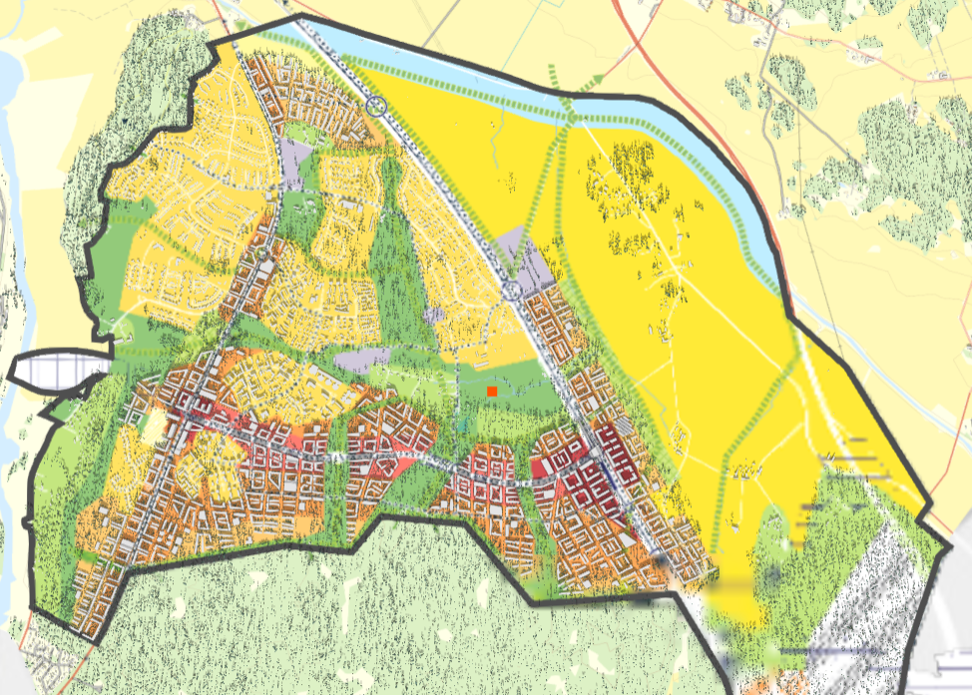
Research highlights
- Multiple life cycle assessments of novel urban biochar applications were performed.
- Urban biochar use can have better climate impact than reference and oxidative uses.
- Low climate impact requires high biochar stability and decarbonised energy system.
- Biochar leads to shifts of environmental burden between sectors and impacts.
- In a city perspective, adequate management of future biochar waste flows is needed.
Resources
Reference
Azzi ES, Karltun E, Sundberg C (2021) Life cycle assessment of urban uses of biochar and case study in Uppsala, Sweden. DOI: submitted to journal
Presentations
The work was presented at a conference and several workshops, for different target audiences. Download presentation slides below:
2021 LCM conference, short
2021 Project workshop, long
Model
The modelling was performed in python, using brightway2. The files are available on GitHub at P5_uppsala.
Recordings
Watch a presentation of the article.
Want to read more?
Abstract
Biochar is a material derived from biomass pyrolysis that is used in urban applications. The environmental impacts of new biochar products has however not been assessed. Here, the life cycle assessments of 5 biochar products were performed for 7 biochar supply-chains in 2 energy contexts. The biochar products (tree planting, green roofs, landscaping soil, charcrete, and biofilm carrier) were benchmarked against reference products and the oxidative use of biochar for steel production. Biochar demand was then estimated using dynamic material flow analysis for a new city-district in Uppsala, Sweden.
In a decarbonised energy system and if biochar stability is high, all biochar products had a better climate performance than the reference, and most applications outperformed biomass use for decarbonising steel production. The climate benefits of using biochar ranged from -1.4 to -0.11 tonne CO2-eq tonne-1 biochar in a decarbonised energy system.
In other environmental impact categories, biochar products had either higher or lower impacts than the reference, depending on biochar supply-chains and materials substituted, with trade-offs between sectors and impact categories. This said, several use phase effects of biochar were not included in the assessment due to knowledge limitations.
In Uppsala’s new district, biochar demand was around 1700 m3 year-1 during the 25 years of construction. By 2100, 23% of the biochar accumulated in landfills, raising questions for end-of-life management of biochar-containing products.
Overall, in a post-fossil economy, biochar can be a carbon dioxide removal technology with benefits, but biochar applications must be designed to maximise co-benefits.
Frequently asked questions [under construction]
A compilation of comments and questions arising from disucssing this article. Don’t hesitate to contact us if you have questions.